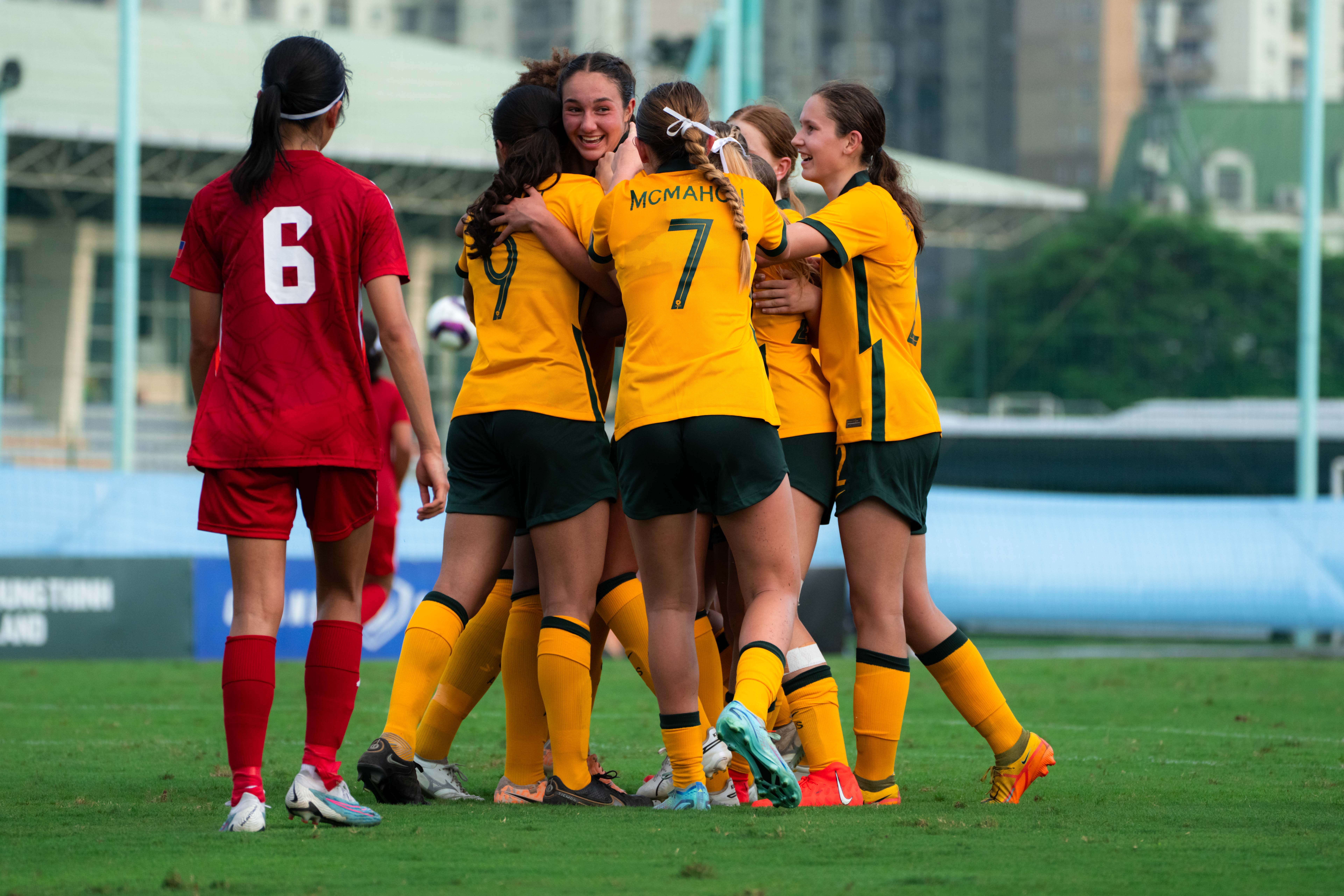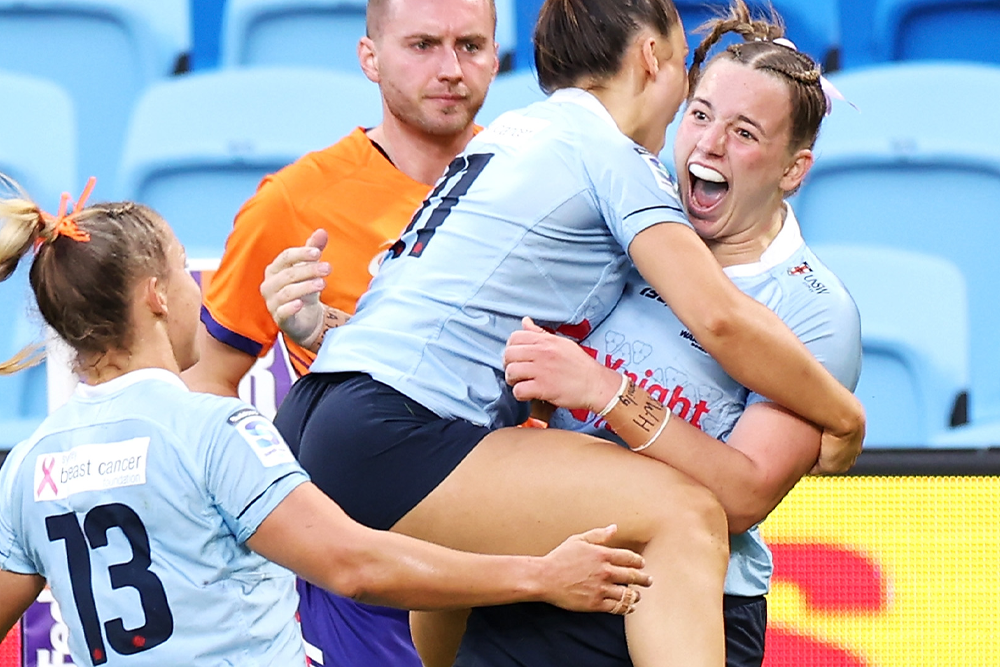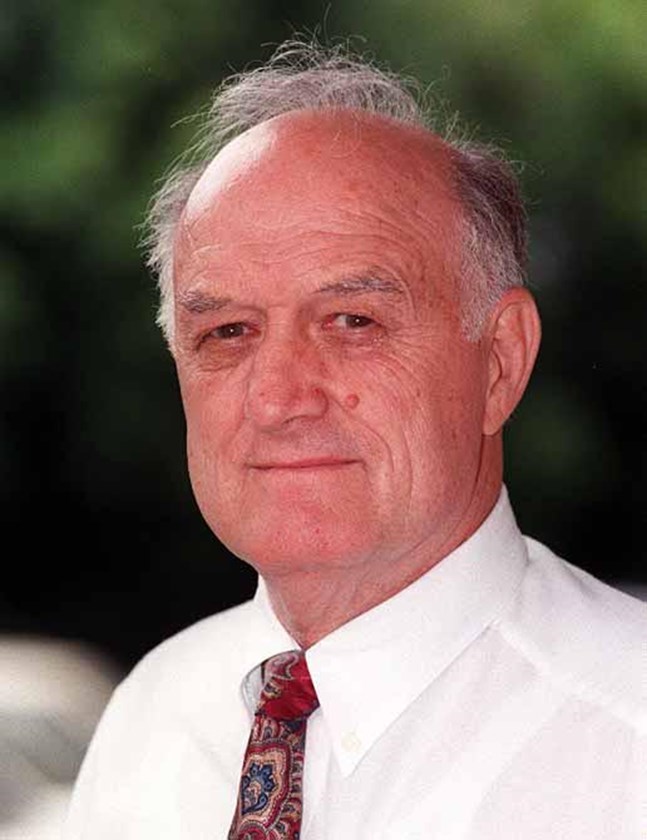People living with disability will have the world of music opened to them at this year’s Melbourne Design Week, with performances involving hi-tech instruments that use sensory technology to convert movement into sound and visuals.
AirSticks 2.0 are the latest in a string of gestural musical instruments developed at Monash University’s SensiLab that allow musicians and dancers to trigger and manipulate sounds and visuals through body movement.
They will be used in new works by five pioneering physical artists over three concerts, in a partnership between SensiLab researchers – part of the Faculty of Information Technology – Melbourne Design Week and the Jolted inclusive performance space.
AirSticks 2.0 look like drumsticks and are able to convert movement into sound and visuals through in-built sensory technology. The drumsticks can be handled easily and make the art of music creation accessible to a diverse range of performers, including those living with disability.
SensiLab researcher and co-designer of Airsticks 2.0, musician Dr Alon Ilsar, said many people with disability are not given the opportunity to find their musical creative outlets, particularly as the vast majority of instruments are designed by people without disability, for people without disability.
“AirSticks 2.0 can be customised for the individual to promote creative musical improvisation and emotive responses for people with cognitive and physical limitations. The instrument promotes social engagement, connection, and a sense of self and identity through creativity,” Dr Ilsar said.
During Melbourne Design Week 2022, performances using Airsticks 2.0 will take place over three nights from 25-27 March.
The first performance will be by dancer and poet Dr Melinda Smith, premiering her new work, ‘The Rhythm of my Body Shapes.’
Dr Smith promotes the health and wellbeing outcomes of dance for people with disability, and also mentors young people who use alternative means of communication around the world.
The performance is inspired by Dr Smith’s own text, reflecting on getting to know the possibilities of the AirSticks technology. It is a collaboration with University of Melbourne music researcher Dr Anthea Skinner, disability advocate Libby Price and Dr Ilsar, funded by the Australia Council for the Arts’ Arts and Disability Mentorship Initiative.
“I’ve had many years’ experience working in disability, art and education but I could not have imagined that I would have such a unique opportunity to connect with sound through my dance movements and integrate it with my words in this way,” Dr Smith said.
”I use dance and movement to communicate ideas and experiences that cannot be conveyed by words alone, so to combine movement with sound and text, and have the technology from SensiLab to do this with so much expression and transparency, is a match made in heaven.”
Other performers at the event will include emerging sound artist Alessio Dilettoso, composer and PhD candidate Ciaran Frame, Safe in Sound Founder Robbie Avenaim, dancer Amanda Betlehem, Dr Ilsar, artist Sam Trolland, and Croatian musician and new media artist Lucija Ivsic.
Airsticks 2.0 was co-designed by Dr Ilsar along with his PhD candidates Ciaran Frame and Sam Trolland.
SensiLab researcher Dr Alon Ilsar and performer Dr Melinda Smith are








